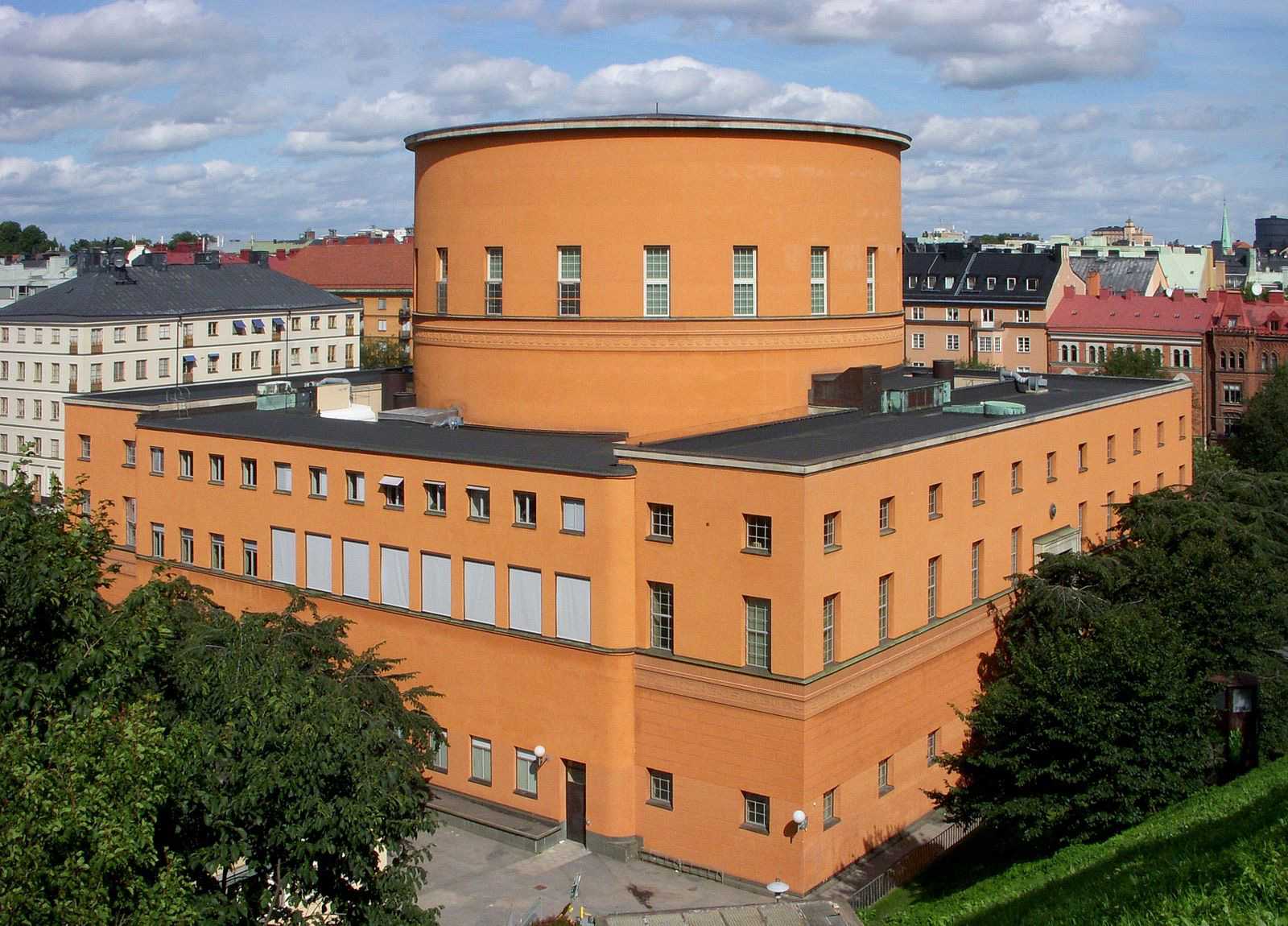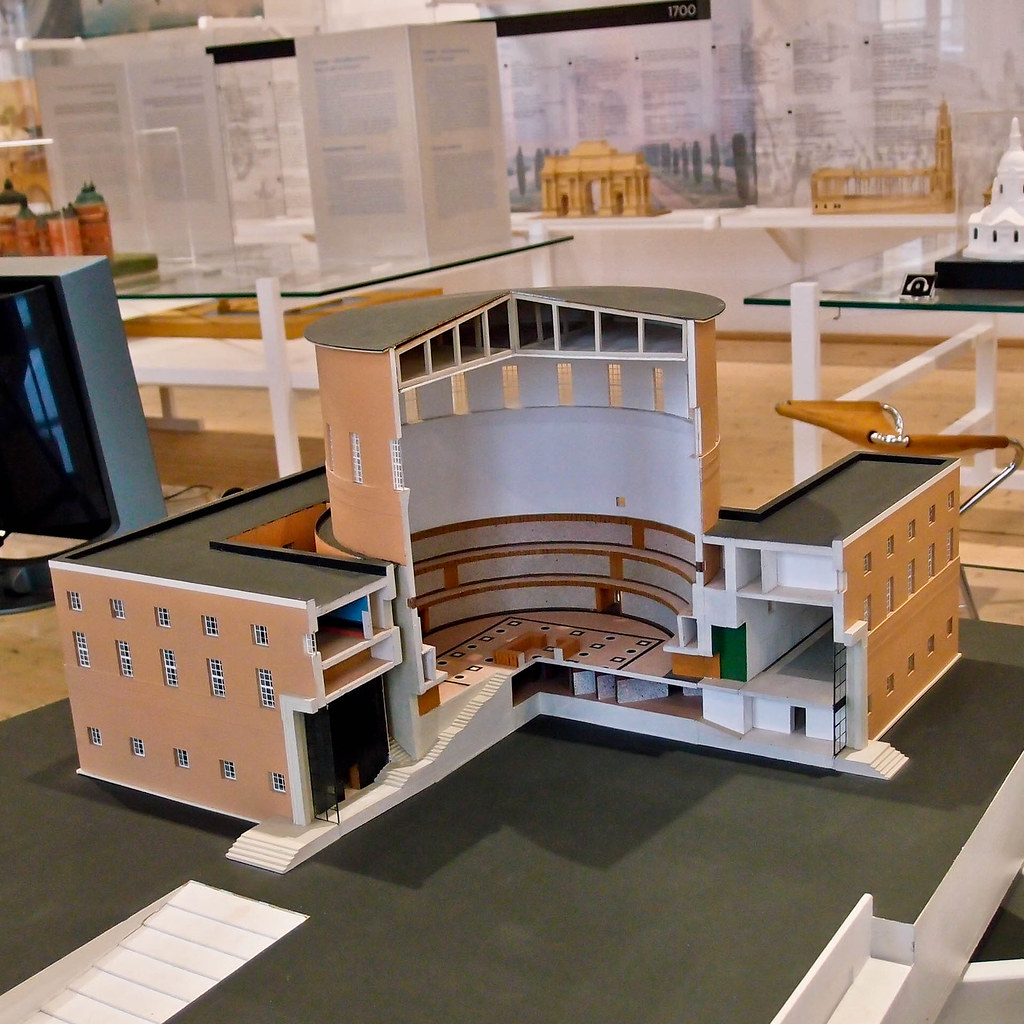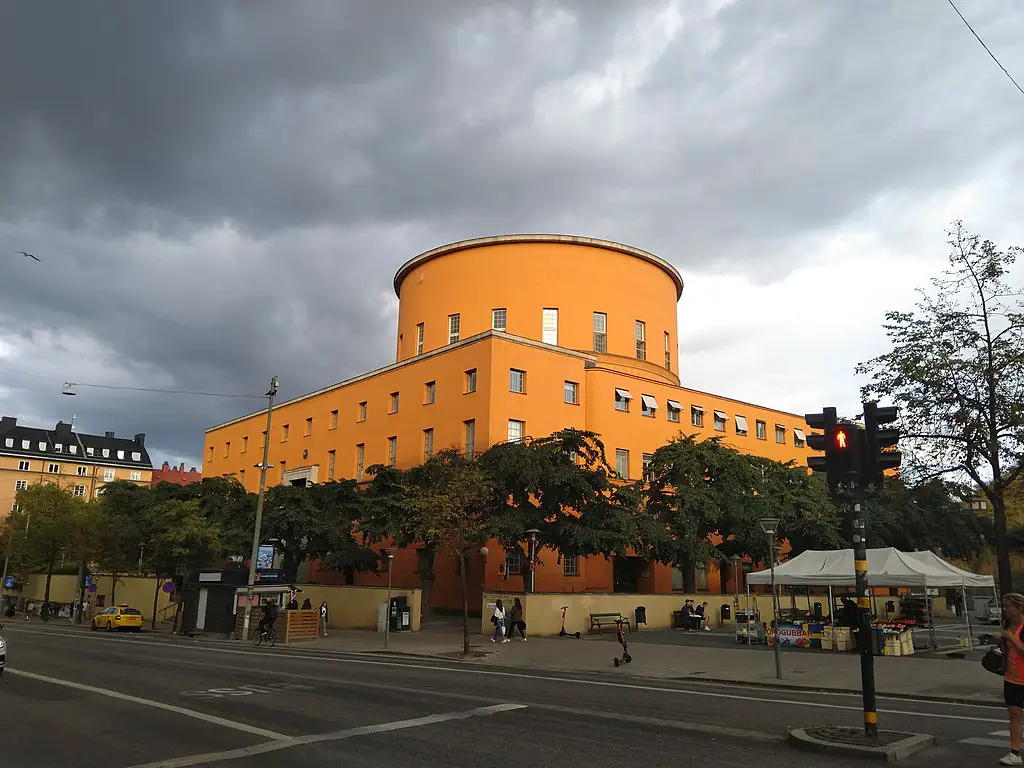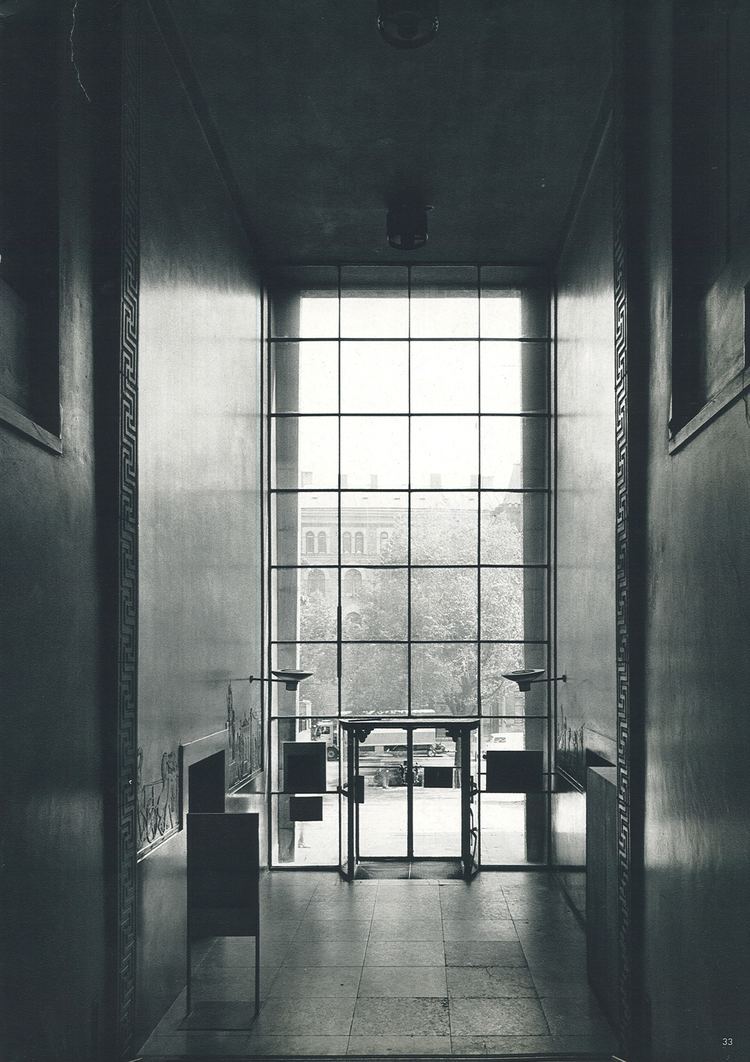
Paradise Backyard Erik Gunnar Asplund
Gunnar Asplund, (born Sept. 22, 1885, Stockholm, Swed.—died Oct. 20, 1940, Stockholm), Swedish architect. His work shows the historically important transition from Neoclassical architecture to Modernism. By 1928, influenced by Le Corbusier, he had turned from a retrospective style to a new vision for architecture.

erik gunnar asplund, august 2006 Gothenburg, Scandinavian
Designed by noted Swedish architect Gunnar Asplund during the 1920s, the library is the physical manifestation of a transitionary period in both the rationale of its designer and the shifting.

Gunnar Asplund, Gothenburg Courthouse Extension Swedish architecture
Introduction Erik Gunnar Asplund (22 September 1885 - 20 October 1940) was a Swedish architect, mostly known as a key representative of Nordic Classicism of the 1920s, and during the last decade of his life as a major proponent of the modernist style which made its breakthrough in Sweden at the Stockholm International Exhibition (1930).

100 Architects’ Houses Series 4. Erik Gunnar Asplund and His Home in
BIOGRAPHY. Erik Gunnar Asplund was among the most important Scandinavian architects of the first half of the 20th century. His early work evolved from National Romanticism through the sparse Nordic classicism of the World War I period and by 1930 embraced canonic modernism.

Gunnar Asplund
Gunnar Asplund, (born Sept. 22, 1885, Stockholm, Swed.—died Oct. 20, 1940, Stockholm), Swedish architect whose work shows the historically important transition from Neoclassical to modern design. Asplund was educated at the Academy of Fine Arts in Stockholm.

Stadsbiblioteket, Stockholm Architect Gunnar Asplund Buil… Flickr
September 22, 2017. As a professor of architecture at the Royal Institute of Technology, and a designer often cited for his contributions to Nordic Classicism, Swedish architect Gunnar Asplund.

Rådhuset (court house) in Gothenburg, Sweden by Gunnar Asplund, 1936
The Swedish master Erik Gunnar Asplund envisioned the City Hall of Gothenburg as an organic whole, and thus merged the 17th-century construction with his building raised in 1936.. where the obligation to respect the original architecture was complemented by a desire to understand the intentions of the original project, and with this.

Erik Gunnar Asplund Gallery 3 Villa Snellman 19171921 Farmhouse
As a professor of architecture at the Royal Institute of Technology, and a designer often cited for his contributions to Nordic Classicism, Swedish architect Gunnar Asplund (September 22.

Pin on Architecture_ Erik Gunnar Asplund
Gunnar Asplund's Gothenburg: The Transformation of Public Architecture in Interwar Europe By Nicholas Adams Gunnar Asplund's Gothenburg The Transformation of Public Architecture in Interwar Europe Nicholas Adams $81.95 Hardcover Edition Add to Cart Customers in Europe Buy Here E-Book Available as an e-book Kobo | Nook | Apple | Kindle CART (0)

Gunnar Asplund Architect Sweden Architecture earchitect
Eric Gunnar Asplund Born Stockholm 1885 Deceased Stockholm 19401020 3 Projects Woodland Cemetery Year 1916 - 1940 Place Enskede, Stockholm, Sweden Stockholm Public Library Year 1924-1928 Place Stockholm, Sweden Villa Snellman Year 1917-1918 Place Djursholm, Stockholm, Sweden About Eric Gunnar Asplund

gunnar asplund Arquitectura, Arquitectos
Gunnar Asplund's architecture is today synonymous with 1920s Classicism and Nordic Classicism. His designs for the Woodland Chapel (1918-1920) and the Stockholm City Library (1920-1928) stand as prototypical examples. However, this article contests this perception. Through an analysis of these two buildings in light of theories of form.

Woodland Chapel, Stockholm Sweden (191820) Eric Gunnar Asplund Bay
Erik Gunnar Asplund (September 22th, 1885 - October 20th, 1940) was a Swedish architect, mostly known as a representative of Swedish neo-classical architecture of the 1920s, and during the last decade of his life as a major proponent of the modernist style which got its breakthrough in Sweden at the Stockholm International Exhibition (1930).

Gunnar Asplund Alchetron, The Free Social Encyclopedia
Erik Gunnar Asplund (22 September 1885 - 20 October 1940) was a Swedish architect, mostly known as a key representative of Nordic Classicism of the 1920s, and during the last decade of his life as a major proponent of the modernist style which made its breakthrough in Sweden at the Stockholm International Exhibition (1930).

desimonewayland Nordic classicism, Classic architecture, Architecture
The Architecture of Erik Gunnar Asplund | Books Gateway | MIT Press The Architecture of Erik Gunnar Asplund By Stuart Wrede The MIT Press DOI: https://doi.org/10.7551/mitpress/1328.001.0001 ISBN electronic: 9780262368094 Publication date: 1980 Book PDF Share Tools Reader Table of Contents [ Front Matter ] Doi:

Erik Gunnar Asplund CafeRestaurant Paradiset Temporary building
Erik Gunnar Asplund was a Swedish architect, mostly known as a key representative of Nordic Classicism of the 1920s, and during the last decade of his life as a major proponent of the modernist style which made its breakthrough in Sweden at the Stockholm International Exhibition (1930). Asplund was professor of architecture at the Royal Institute of Technology from 1931.

Erik Gunnar Asplund, Woodland Chapel, Stockholm. 191720. Swedish
Gunnar Asplund Architecture 20th Century Swedish Architect, European Architectural Practice post updated 13 Apr 2021 Gunnar Asplund - Key Projects Major Building by the architect Chapel of the Resurrection, Woodland Cemetery, Enskede, Stockholm, Sweden Date built: 1914-34 Swedish Architecture competition : 1914